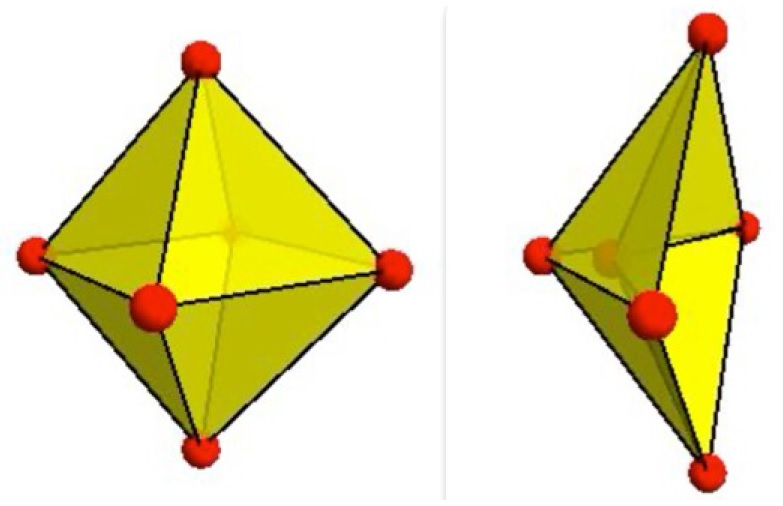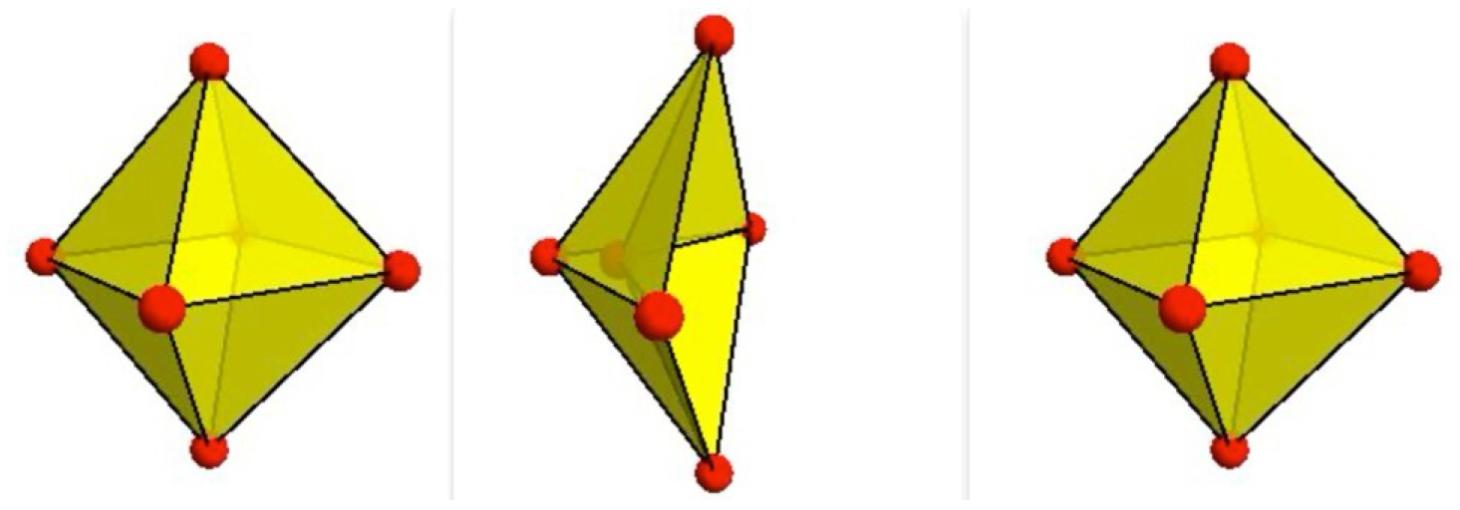- Share
- Share on Facebook
- Share on X
- Share on LinkedIn
Recruitment

The internship involves analyzing the motions of a minimal model of a swimmer in a fluid at different Reynolds numbers. The simple model is inspired by the buckling of an elastic shell that is subjected to an oscillating external pressure [1-3]. The buckling of the elastic structure provides a hysteresis cycle that allows the system to swim at low Reynolds numbers. In most cases, however, the inertia of the hull and fluid must be taken into account during buckling (Re ≈ 100), so it is essential to solve the Navier-Stokes equation governing the flow of the fluid in which the system is immersed. The aim is to understand how the system's elasticity (eigenmodes) affect swimming efficiency. The student will use high-performance C++ code that can be modified according to the refinements to be made to the model. Analysis of velocity as a function of Reynolds is also expected.
Notions in C++ programming and fluid mechanics will be appreciated.

Fig. Overview of a structural deformation sequence; buckling of the tetrahedral structure is obtained by applying external pressure, then the initial shape is regained when the pressure is released.
[1] https://www.youtube.com/watch?v=cEXMsFwEqsQ
[2] A. Djellouli, P. Marmottant, H. Djeridi, C. Quilliet and G. Coupier, Buckling instability causes inertial thrust for spherical swimmers at all scales, Phys. Rev. Lett. 119, 224501 (2017).
[3] G. Chabouh, M. Mokbel, B. van Elburg, M. Versluis, S. Aland, C. Quilliet and G. Coupier, Coated microbubbles swim via shell buckling, Comm. Eng. 2, 63 (2023).
Download
Stage-Coque-Nageuse.pdf (PDF, 70.46 KB)
Contact
Bruno VENTEJOU
MOVE team
bruno.ventejou@univ-grenoble-
Gwennou COUPIER
MC2 team
Philippe PEYLA
MOVE team
- Share
- Share on Facebook
- Share on X
- Share on LinkedIn